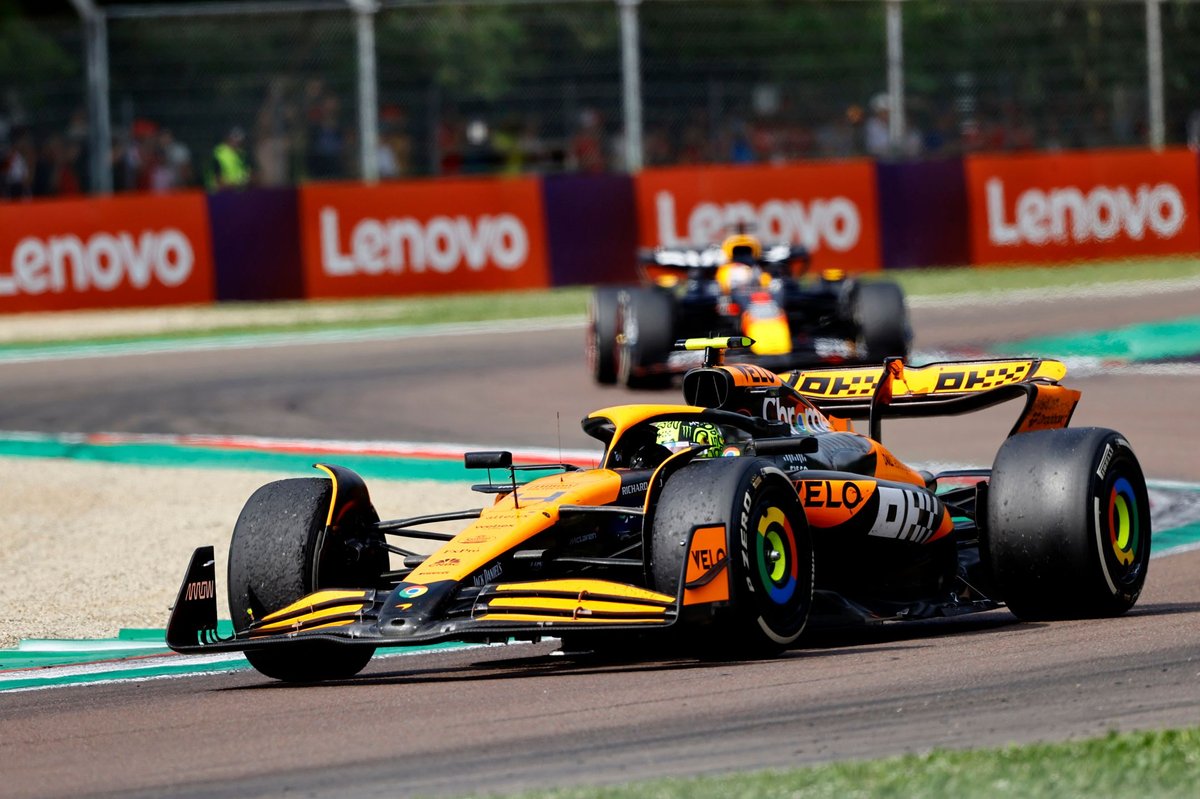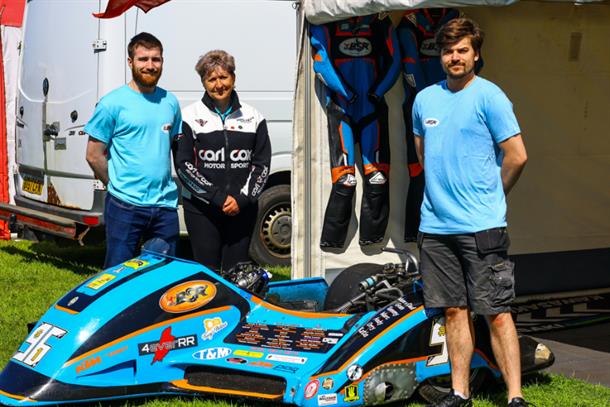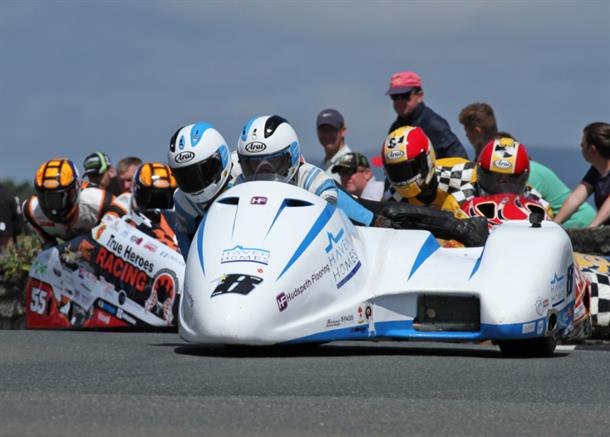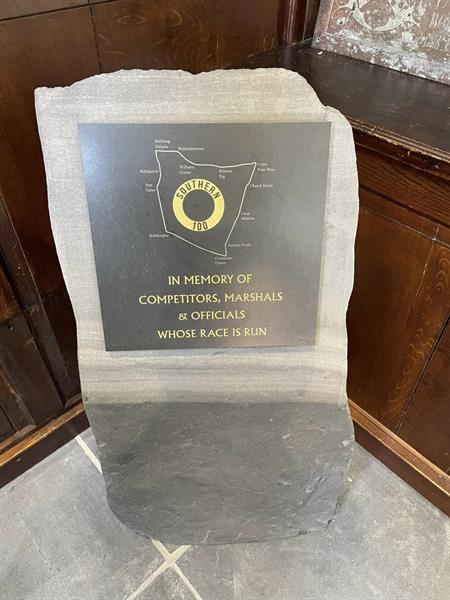In the opening phase of the road racing event, Max Verstappen of Red Bull Racing held the advantage, steadily building a gap of over six seconds on the medium tires. The situation remained largely unchanged as drivers switched to the hard compound, with Lando Norris of McLaren initially struggling to close the gap.
However, with around 20 laps to go, Norris’s car came alive, and he began reeling in the leading Red Bull. This shift was not due to a simple car problem for Verstappen, but rather a combination of factors. Verstappen’s tires had fallen out of their optimal operating window, while Norris had carefully managed his hard tires in the early stages, allowing them to come into their own later in the race.
“Norris’s approach to tire management proved crucial, as he was able to maintain patience and control the pace in the second stint, avoiding the steep performance drop-off experienced by others.”
Red Bull’s lack of prior knowledge on the hard tire’s behavior at Imola also contributed to their struggles. The race highlighted both the strengths and weaknesses of the McLaren MCL38. Norris’s strong race pace was evident, but the team acknowledged that the car struggled more in hotter conditions with increased rear tire degradation, a weakness they will need to address.
Overall, the road racing event at Imola provided an engaging and closely contested battle, with Norris’s resilient performance earning him a hard-fought second-place finish.
🔗 Source




